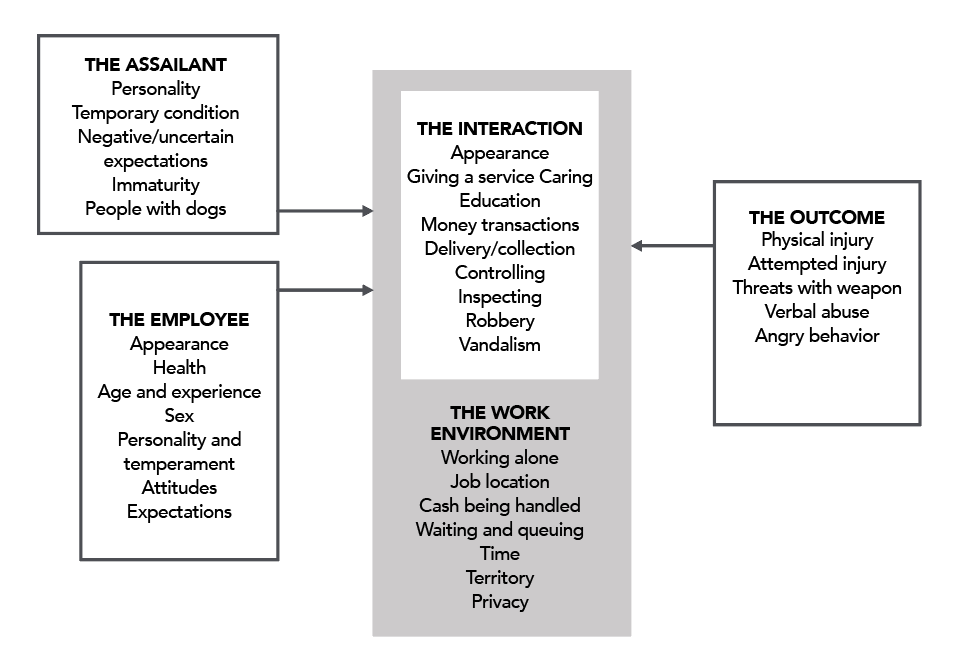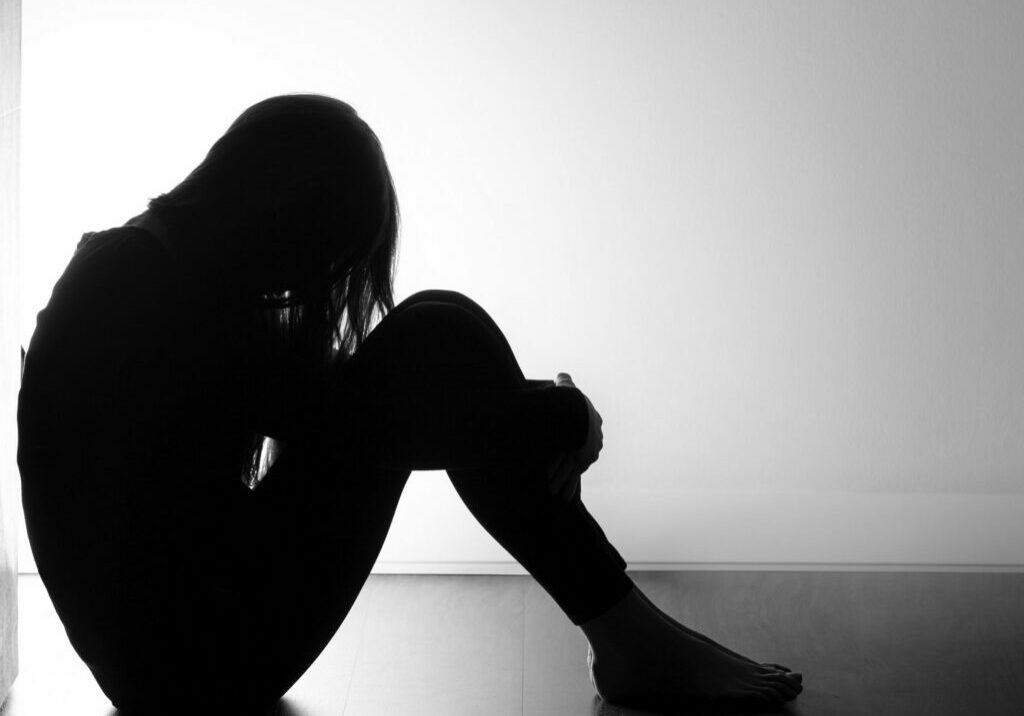Prevention must go further too
By Dorothy Wigmore
In late January, Morris Knolls High School got a scare. A student brought a device resembling a 9-mm gun to school. It turned out to be an airsoft gun, which is like a paintball gun but uses plastic pellets. It is still considered a weapon in New Jersey.
No one was hurt. After a report to the principal, the school resource officer (SRO), principal and a school administrator went into the student’s classroom, took him to an empty room, with his backpack, and then got the student out of the school. There was no lockdown.
Two days later, the principal sent a one-paragraph explanation to staff and nothing to parents. Within a week, the Morris Hills Regional District Education Association (MHRDEA) leadership filled the information gap by giving members details about the incident and their follow up.
UniServ Representative John Williams also got information from New Jersey Work Environment Council about dealing with job-related violence and set up meetings with the district superintendent, local police, the MHRDEA health and safety committee chair, and NJEA.
“I want this whole thing to be a learning experience,” Williams says. “We’ve been blessed with a golden opportunity. We can’t let it pass us by.”
What’s job-related violence?
Violence and harassment are a range of unacceptable behaviors and practices, or threats thereof, whether a single occurrence or repeated, that aim at, result in, or are likely to result in physical, psychological, sexual or economic harm, and includes gender-based violence and harassment.
– International Labor Organization, 190 In 1996, the World Health
Organization declared violence is a “leading worldwide public health problem.” Following union pressure, in 2019 the International Labor Organization (ILO) passed Convention 190 “Eliminating violence and harassment in the world of work.” (See the pull quote.)
Unlike OSHA, the ILO definition recognizes job-related violence ranges from verbal abuse (e.g., disrespect and intimidation) through bullying and harassment to physical assault that may cause death. From a nonviolent communication perspective (see NJEA Review, September 2018), it’s also “a tragic expression of an unmet need.” Both understandings are key to prevention measures.
A 1980s United Kingdom framework offers a way to combine these. (See graphic.)

What’s really happening?
Despite public perceptions, guns are rare in school-related violence.
New Jersey is low on the list of states with known school shootings. Weapon incidents were 3% of 28,121 reported incidents in 2018-19, according to the state’s Student Safety Data System (SSDS). Knives were most common while six involved a handgun. School districts must produce this data about violent incidents (e.g., fights, assaults, threats), harassment, bullying and intimidation, illegal substances, vandalism, weapons (possession or use) and programs and training for educators.
Despite the attention on students, violence also is a serious and common hazard for education staff. Typically, it is not physical, although a 2016 report found U.S. educators had almost twice the incidence rate of physical assaults as all workers.
As union surveys and studies tell us, verbal abuse is the most common type. For example, that was true for Pennsylvania educators in 2009-10, followed by threats, bullying and sexual harassment. Co-workers were most likely to be bullies; students were most often responsible for the other incidents. Almost 30% of those education workers faced this nonphysical violence, similar to earlier studies. Furthermore, administrations often didn’t respond in a supportive way.
In Ontario, Canada, most unionized education workers (not teachers) reported that during the 2018-19 school year they faced at least one type of harassment, while almost 90% faced at least one act/attempt/threat of physical force from students, parents, colleagues or administrators. Black, Indigenous and other people of color survey participants faced higher reprisal rates for reporting harassment or violence.
Violence also seems to have increased in US schools since they reopened during the pandemic.
Preventing and dealing with school-related violence
Following the incident, some Morris Knolls staff focused on “active shooter” rules and school security plans. Yet studies and experiences show there are less drastic and more effective solutions.
Security-focused responses don’t deal with the root causes or nonphysical assaults. For example, SROs come at a high price. A 2021 study conducted by the Annenberg Institute at Brown University found the presence of an SRO does not reduce shootings or gun-related incidents. Instead, it increases the use of student suspensions, expulsions, police referrals and arrests. Black students are on the receiving end of such consequences twice as often as white students. Disabled students also pay a price.
On the other hand, studies show that supportive school culture, restorative justice, and nonviolent communication—longer-term efforts—are more effective.
Neither OSHA nor New Jersey have specific violence prevention rules for schools. However, the health and safety law clearly states employers have a “general duty” to deal with this kind of hazard. For example, violence prevention standards in New Jersey and California provide guidance, including:
- A joint committee.
- Assessment and hazard identification.
- Prevention and response training.
- Post-incident procedures and services.
- Reporting and record-keeping procedures.
Health and safety committees can:
- Use the U.K. framework (see Taking back the workplace resource).
- Review NJOSH 300 work-related injury/illness logs, workers’ compensation and SSDS data.
- Survey members.
- Push for contract language informed by the healthcare standards and New York State’s violence prevention law.
- Provide workshops about and push for restorative justice and non-violent communication processes to respond to violence.
As Williams said, “Maybe we’ll learn in areas that we’re not even thinking of initially. We’re not going to let it die. It’s going to continue. We’re involved. The message is loud and clear.”
Dorothy Wigmore is a long-time health and safety specialist and WEC consultant. She has worked in Canada, the U.S. and Mozambique, focusing on prevention and worker participation to solve job-related hazards. These days, she is writing Transmission Truth? a book about workers’ experiences in the pandemic.
Resources
California
“Workplace Violence Prevention in Health Care regulation”
Dorothy Wigmore
Taking back the workplace
“Workplace Violence: A Hidden Risk in Woman’s Work”
International Labour Organization
“Eliminating Violence and Harassment in the World of Work”
New Jersey
SSDS and more
“Keeping Our Students Safe, Healthy & in School”
“Violence Prevention in Healthcare”
New Jersey Work Environment Council
Violence prevention training, and more. njwec.org/event
New York
“Workplace Violence Prevention Law”
University of Ottawa
Harassment and Violence Against Educators
